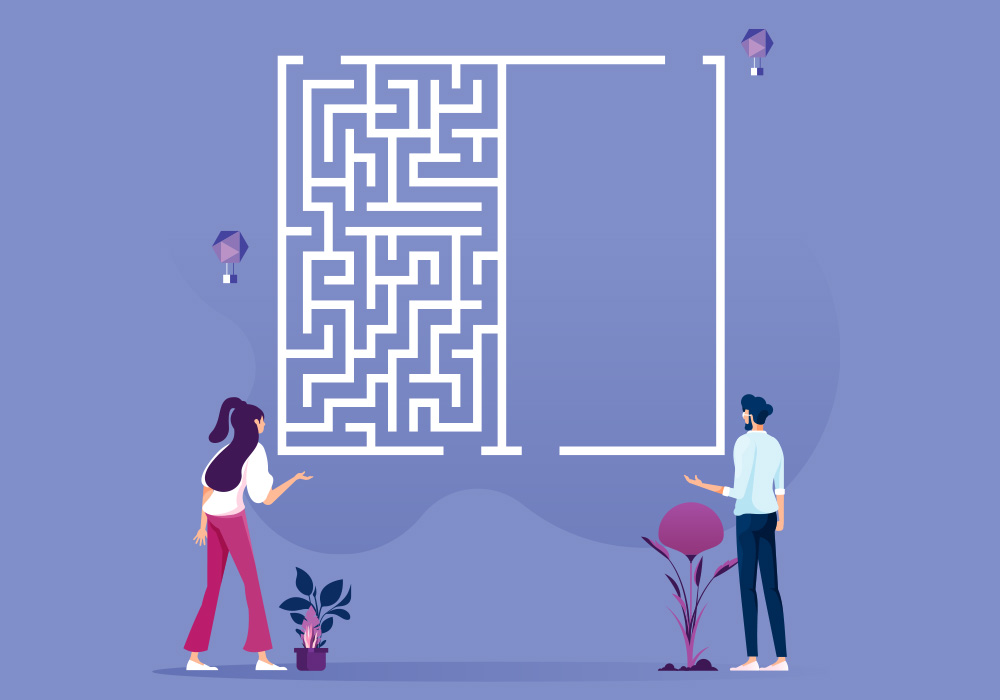Two major features of modernity could be the democratisation of leisure, on the one hand, and the feeling of lack of time, on the other. The two traits seem to explain each other, since the ability to enjoy an increasingly wide range of experiences could be precisely the reason why we feel that we do not have enough hours or days to do everything we want to do.
This feeling is to blame for the fact that we are suffering from time stress, a mental perception with important physical consequences. Faced with this new reality, it’s necessary to ask ourselves: is there also gender inequality in leisure, and do men and women enjoy the same quality and quantity of leisure?
What will I read in this article?
- Gender inequality in leisure
- Measures to tackle leisure inequality
Gender Inequality in Leisure
The word comes from the Latin otium, and means rest. The dictionary defines leisure as free time, outside of the usual obligations and occupations. The opposite of leisure is business (negotium). The negation (nec) of leisure (otium). And the fact is that leisure, as so many academics have recently demonstrated, is a good explanatory element of our quality of life.
“The opposite of otium is negotium”
Leisure covers many facets that make for a better life. It is a non-monetary wellbeing resource that has a positive impact on our health and our perception of well-being. In fact, leisure has been a clear indicator of social progress and freedom for modern intellectuals. So much so that the Universal Declaration of Universal Rights includes in its article 24 the right to rest and enjoyment of free time. What would a life be without celebrations, parties, entertainment? Can we imagine a life without art, cinema, theatre, dance, live concerts, shows? What would a life be without hobbies, without physical exercise, running, jumping, dancing, swimming in the sea, walking in the mountains…? Leisure matters, and the quality of leisure explains the quality of our lives. There’s a boom in research on the importance of leisure time, but there’s little attention to its distribution and sources of inequality.
In previous articles we’ve seen how inequality is present in old age, work or leadership. Today we bring you another new area. As recent articles point out, men and women do not enjoy the same quantity or quality of leisure, generating another avenue of inequality, much less explored and considered as we said. Professor Mara Yerkes of Utrecht University and her colleagues have recently published a study comparing the quality of leisure between men and women in 23 countries.
“Men and women enjoy neither the same quantity nor the same quality of leisure”
The authors of the study hypothesised that the quality of leisure would be lower in women, as previous studies have confirmed that women’s leisure is more connected to “family time“, less relaxed and less free of interaction with children. And this lower leisure quality in women would be moderated by the country in which they live, reducing the difference in leisure quality between men and women in more egalitarian countries.
For their empirical demonstration, the authors used a database with more than 28,000 participants from 23 countries, measuring leisure quality with two indicators:
- The level of time pressure during leisure.
- The level at which the activity itself allows them to relax and recover energy.
To understand the importance of the context and the country in question, they examined:
- The prevailing gender ideologies in the context.
- Percentage of children aged 0-2 years in formal care (i.e., kindergartens).
- The ratio of women in parliament.
- The availability of paternity leave.
